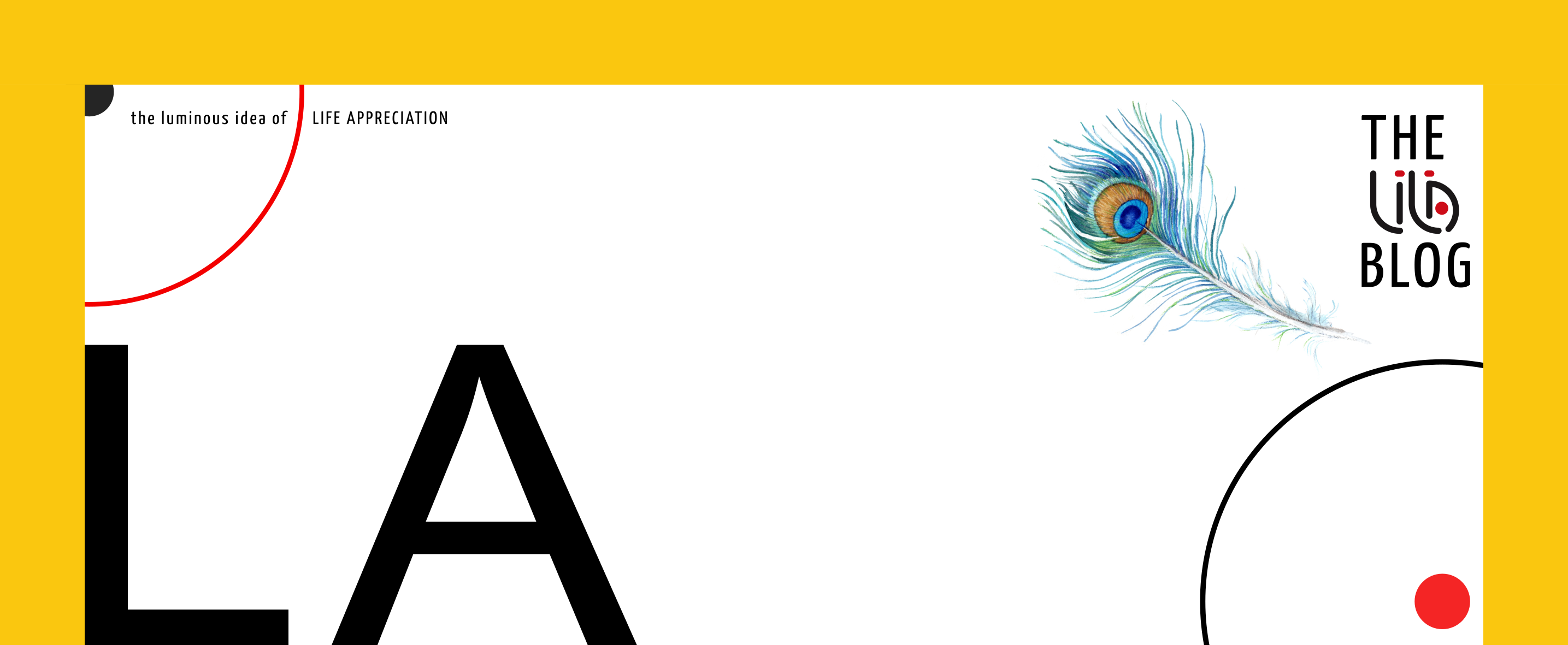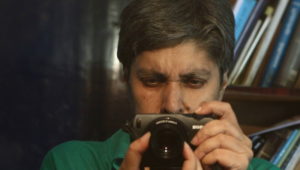
COLUMN : LINGUISTIC ARCHITECTURES
Cosmology & Cultural Cognition – Prelude
29 June 2016・Giti Thadani
One of the major difficulties in translating from different languages is not simply finding the equivalent word but that of finding equivalent linguistic architectures that shape how one cognates cultures and languages.
What exactly are these linguistic architectures and how does that part of the brain conceptualize, think, organize, process and cognate. Further what is the relationship between sound and its graphic inscription. What is the relationship between speaking-writing-reading-thinking and memory. How does their relationship affect the evolution of language and its cultural evolution.
The dev-nagari script evolved through a long passage of time. The name dev+nagari is a compound word. Whereas dev derives from the dyu root = light, nagar means city. Hence the script itself is embedded in a cosmological context. On the other hand the Latin etymology of the word alpha bet derives from the first two greek letters alpha-beta which in turn derived from Phoenician aleph and Egyptian beta which was a pictogram. Unlike dev-nagari there was no precise sound-graphic equivalence and its sequencing adhoc.
Sequence is of vital importance in the devnagari script. It maps out a highly complex sound architecture.
The first part of the sequence is designated as svar (root sv(self). These are sound particles that are based on pure self sufficient vibration( a - i- o). Vibration exists in time - hence any letter/sound has duration – short, long & even half. The second part of this svar series is li/lri (tongue vibration) and the last part is a combination (sandhi) of a+i = e & a+o = au (short or long)
 The subsequent part (sparsh-touch) is based on the tongue touching 5 different levels of the mouth. Each sound string touchs the same level in the mouth - first front than back interspaced with the same sound aspirated, (short breadth and great(maha) breadth) ending with its equivalent nasal.
The subsequent part (sparsh-touch) is based on the tongue touching 5 different levels of the mouth. Each sound string touchs the same level in the mouth - first front than back interspaced with the same sound aspirated, (short breadth and great(maha) breadth) ending with its equivalent nasal.
 The next part is the inter-place y=i+a ri +a = r lri l and o +a = v.
The last part is ushman sh-s-h line (sibilants) ending with the h.
The next part is the inter-place y=i+a ri +a = r lri l and o +a = v.
The last part is ushman sh-s-h line (sibilants) ending with the h.
 Thus sequencing creates the space of the mouth-nose-throat-tongue. Each sparsh line through breadth and oscillation indicates the wave properties of sound. The combining of different sounds is based on principles of sound harmony (dhvani). This is a far cry from the limited vowel consonant framework of the linguistic model followed today. Instead embedded in the script is a composite cosmology of time/duration, sound mathematics, physics and musical harmony.
Another main feature of the script is the precise graphics. The visual sign carries not only the exact phonetics but its duration in time – hence there is notation for even half letters, doubled letters or combined letters (ksh, shr etc). The potential of this acoustic-visual matrix is immense in how one thinks, perceives and hears. This capacity to abstraction, associative logic and visualization is evident in the evolution of the script. This takes language beyond functional communication. Instead it strives to evolve the potential of sensory intelligence and open up the linguistic interface with the cosmos.
Thus sequencing creates the space of the mouth-nose-throat-tongue. Each sparsh line through breadth and oscillation indicates the wave properties of sound. The combining of different sounds is based on principles of sound harmony (dhvani). This is a far cry from the limited vowel consonant framework of the linguistic model followed today. Instead embedded in the script is a composite cosmology of time/duration, sound mathematics, physics and musical harmony.
Another main feature of the script is the precise graphics. The visual sign carries not only the exact phonetics but its duration in time – hence there is notation for even half letters, doubled letters or combined letters (ksh, shr etc). The potential of this acoustic-visual matrix is immense in how one thinks, perceives and hears. This capacity to abstraction, associative logic and visualization is evident in the evolution of the script. This takes language beyond functional communication. Instead it strives to evolve the potential of sensory intelligence and open up the linguistic interface with the cosmos.
 The subsequent part (sparsh-touch) is based on the tongue touching 5 different levels of the mouth. Each sound string touchs the same level in the mouth - first front than back interspaced with the same sound aspirated, (short breadth and great(maha) breadth) ending with its equivalent nasal.
The subsequent part (sparsh-touch) is based on the tongue touching 5 different levels of the mouth. Each sound string touchs the same level in the mouth - first front than back interspaced with the same sound aspirated, (short breadth and great(maha) breadth) ending with its equivalent nasal.
 The next part is the inter-place y=i+a ri +a = r lri l and o +a = v.
The last part is ushman sh-s-h line (sibilants) ending with the h.
The next part is the inter-place y=i+a ri +a = r lri l and o +a = v.
The last part is ushman sh-s-h line (sibilants) ending with the h.
 Thus sequencing creates the space of the mouth-nose-throat-tongue. Each sparsh line through breadth and oscillation indicates the wave properties of sound. The combining of different sounds is based on principles of sound harmony (dhvani). This is a far cry from the limited vowel consonant framework of the linguistic model followed today. Instead embedded in the script is a composite cosmology of time/duration, sound mathematics, physics and musical harmony.
Another main feature of the script is the precise graphics. The visual sign carries not only the exact phonetics but its duration in time – hence there is notation for even half letters, doubled letters or combined letters (ksh, shr etc). The potential of this acoustic-visual matrix is immense in how one thinks, perceives and hears. This capacity to abstraction, associative logic and visualization is evident in the evolution of the script. This takes language beyond functional communication. Instead it strives to evolve the potential of sensory intelligence and open up the linguistic interface with the cosmos.
Thus sequencing creates the space of the mouth-nose-throat-tongue. Each sparsh line through breadth and oscillation indicates the wave properties of sound. The combining of different sounds is based on principles of sound harmony (dhvani). This is a far cry from the limited vowel consonant framework of the linguistic model followed today. Instead embedded in the script is a composite cosmology of time/duration, sound mathematics, physics and musical harmony.
Another main feature of the script is the precise graphics. The visual sign carries not only the exact phonetics but its duration in time – hence there is notation for even half letters, doubled letters or combined letters (ksh, shr etc). The potential of this acoustic-visual matrix is immense in how one thinks, perceives and hears. This capacity to abstraction, associative logic and visualization is evident in the evolution of the script. This takes language beyond functional communication. Instead it strives to evolve the potential of sensory intelligence and open up the linguistic interface with the cosmos.
Next article: Puzzle Me Complete
 |
Next Post
Previous Post
CATEGORIES
CONTRIBUTORS
BLOG TEAM
Chahat Rana
Blog Editor
Samuel Buchoul
Web Design

